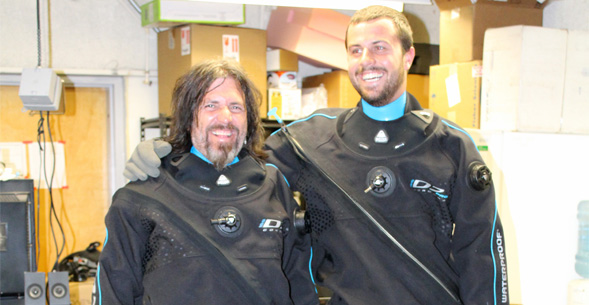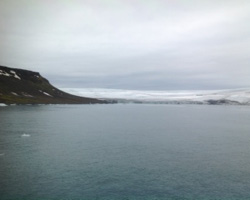Update from the Arctic
SDSU Researchers Forest Rohwer and Steven Quistad are on a National Geographic Pristine Seas Expedition in the Arctic.

San Diego State University biology professor Forest Rohwer and graduate student Steven Quistad are on a once-in-a-lifetime adventure in Franz Josef Land, a remote Russian archipelago.

They are there as part of a National Geographic Pristine Seas Expedition, along with a team of international scientists and filmmakers spending 40 days aboard the Russian ship MS Polaris. The team will assess how pristine the ocean-land ecosystem is and compare its current state with historical scientific baselines and photographs obtained by explorers in the late 1800s.
The scientific results of the expedition will inform the management and conservation of this Russian Arctic jewel and may help scientists understand more about global warming and how it effects the environment.
Rohwer’s first update from the expedition is brief as the Internet is slow and time is limited.
“We are currently doing land and marine surveys in the area. Diving here is cold – 30 degrees. Kelp forests with brittle stars, nudibranchs and jellyfish so far,” he wrote July 30 after diving near Hooker Island, one of nearly 200 frozen islands in Franz Josef Land.
Rohwer and Quistad will be taking samples both in the water and on land to try and understand the pristine arctic environment and how it differs from other pristine environments around the world.
To see photos from the expedition and to follow the National Geographic team, follow the Franz Josef Land Expedition blog.



